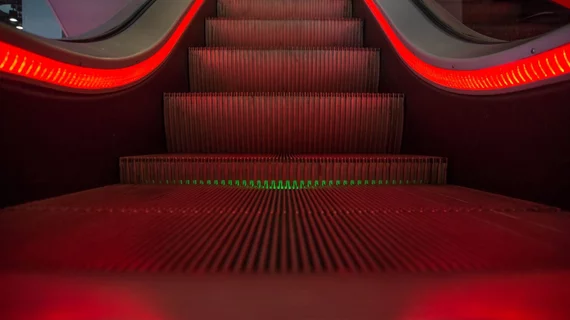If healthcare AI is to improve care and efficiency in clinical practice across medicine, its proponents in radiology must implement it in a structured manner.
Why? Because only with structured AI implementation can the emerging technology’s utility be assessed with empirical evidence. And because radiology is the medical specialty furthest along with AI.
So suggest researchers at Utrecht University in the Netherlands who formally interviewed 24 healthcare professionals at seven Dutch hospitals. The participant cohort was mostly made up of radiologists but also included some data scientists, innovation managers and others.
The researchers’ objective was to pinpoint factors helping AI’s cause in clinical radiology as well as those holding it back.
Reporting their findings in a study published online May 26 in European Radiology, corresponding author Charisma Hehakaya and colleagues nail down the opposing forces to four primary factors each:
Key facilitating factors:
- Pressure for cost containment throughout healthcare
- High expectations of AI’s potential added value
- Presence of hospital-wide innovation strategies
- Presence of a “local champion”
Key hindering factors:
- Inconsistent technical performance of AI applications
- Unstructured implementation processes
- Uncertain added value for clinical practice of AI applications
- Large variance in acceptance and trust of direct (radiologists) and indirect (referring clinicians) adopters
In their discussion, the authors comment that the need for hard data supporting adoption of innovations in medicine is, by now, a given in the era of evidence-based healthcare.
“Scientific evidence is an important determinant of innovation implementation for practitioners, a finding that also appears to hold for AI in radiology,” they write. “It thus follows that AI applications for radiology reflect a trend in the field of medical imaging to engage with technologies that have yet to prove their promises of contributing to the improvement of the quality or efficiency of healthcare.”
The study is posted in full for free.

